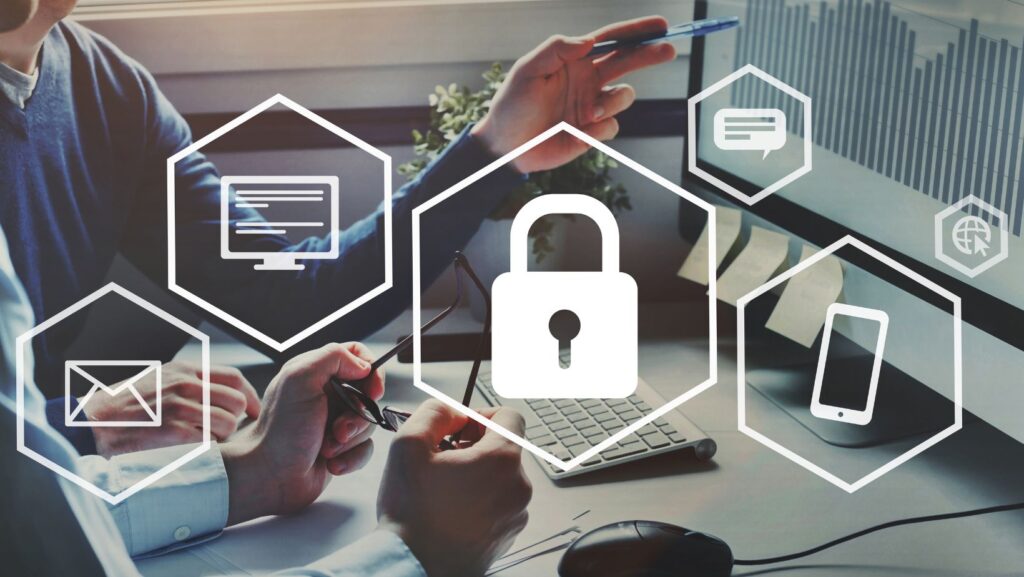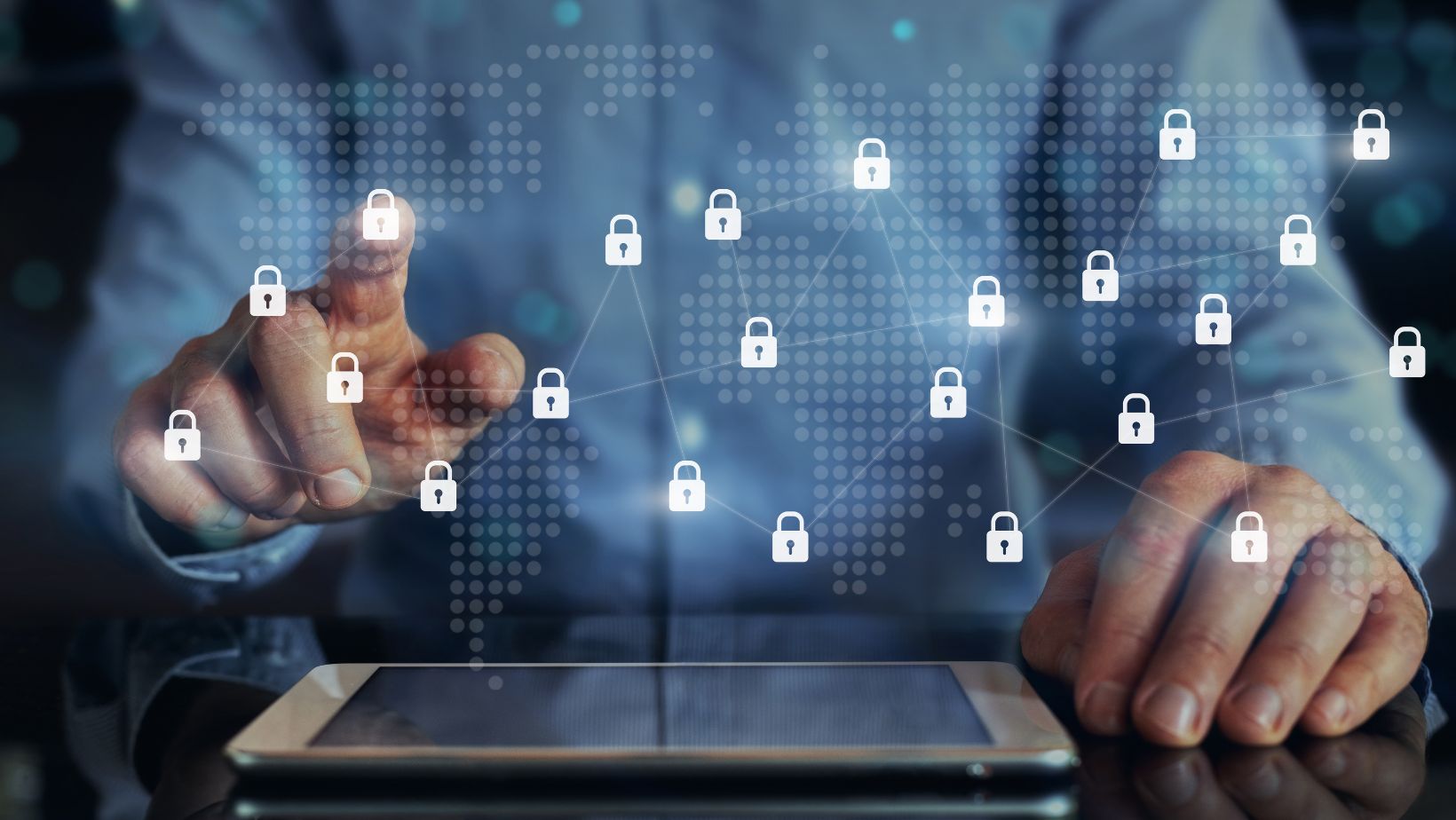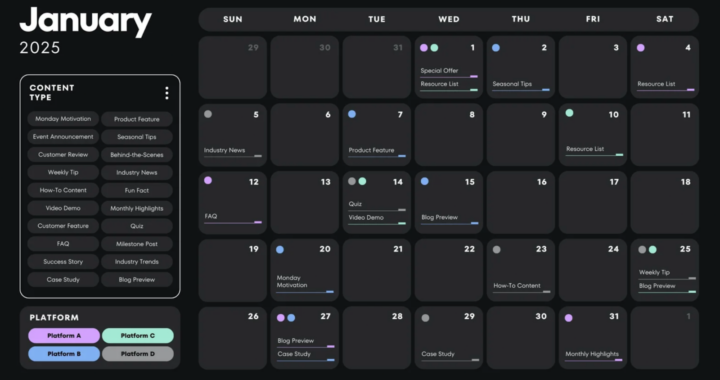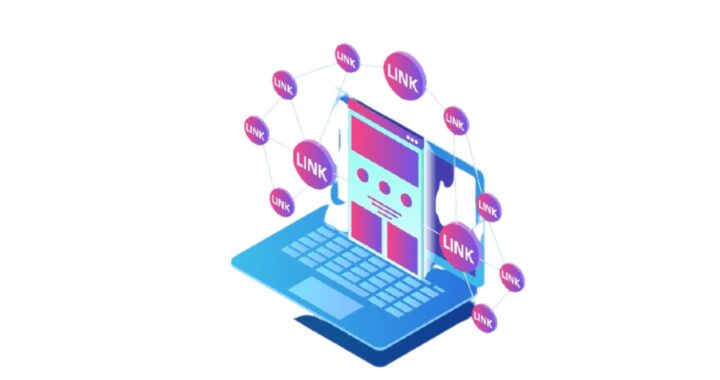
How to Choose the Right Cybersecurity Software for Your Organization
In today’s interconnected digital environment, the security of an organization’s data, networks, and systems has never been more critical. As cyber threats continue to evolve in complexity and frequency, the importance of selecting the right cybersecurity software cannot be overstated. Businesses of every size now face an increasingly sophisticated landscape of malicious activity—ransomware attacks, phishing scams, zero-day exploits, and insider threats—making it imperative to find robust protective measures. Choosing the right cybersecurity solution can help safeguard sensitive information, maintain regulatory compliance, preserve your organization’s reputation, and ensure uninterrupted business operations.
In this comprehensive guide, we’ll walk through essential considerations for selecting the best cybersecurity software, explain key concepts like cybersecurity vs. software engineering to help clarify the differences in skill sets and focus areas, and highlight how to identify the best cybersecurity software that meets your organization’s unique needs. We will also explore the concept of “cybersecurity software” as a term reflecting the variety of tools and platforms on the market. By understanding what each solution brings to the table and how to align technology with your broader security strategy, you can navigate this crowded marketplace confidently and invest wisely.
Understanding the Cybersecurity Landscape
The digital threat landscape today includes an astonishing variety of attacks. Cybercriminals have become more organized and resourceful, leveraging automation, artificial intelligence, and social engineering tactics to compromise organizations. Amid this complexity, cybersecurity softwares has blossomed into a multi-billion-dollar market filled with countless options—ranging from antivirus solutions and firewalls to cloud-based threat intelligence platforms and sophisticated endpoint protection tools.
Before you can choose the right cybersecurity software, it’s crucial to understand your organization’s current risk profile. Assess which systems are most vulnerable, identify the data most valuable to malicious actors, and consider the current defense measures you have in place. One of the key defense measures to consider is DMARC Gmail, which helps protect against email spoofing and phishing attacks.
Cybersecurity vs Software Engineering: Clarifying the Differences
Before diving deeper into cybersecurity software selection, it’s helpful to distinguish between “cybersecurity vs software engineering.” While both disciplines are integral parts of the technology ecosystem, they differ significantly in focus, skill sets, and end goals.
Cybersecurity professionals specialize in protecting digital assets and infrastructure. They focus on identifying threats, deploying defenses, monitoring systems for unusual activity, conducting security audits, and ensuring compliance with industry regulations. They understand the methods attackers use, the vulnerabilities that can be exploited, and the best ways to mitigate risks.

Their work revolves around confidentiality, integrity, and availability of data and systems.
Software Engineering, on the other hand, focuses on the design, development, testing, and maintenance of software applications. Software engineers aim to create efficient, functional, and user-friendly software solutions that solve specific business problems. While software engineers must consider security when creating their code, their primary goal is not necessarily to prevent cyberattacks. Instead, their efforts revolve around delivering scalable, maintainable code that meets end-user requirements.
In simple terms, software engineering is about building things; cybersecurity is about protecting what has been built. Understanding cybersecurity vs software engineering can help you better appreciate the depth and breadth of skills required to identify and implement cybersecurity tools. Many businesses have teams that blend both skill sets, ensuring not only that software is created and updated effectively, but that it is protected from evolving threats.
The Importance of Choosing the Right Cybersecurity Software
Investing in the right cybersecurity software offers multiple benefits, from tangible cost savings to intangible improvements in trust and brand credibility. By selecting a solution that aligns closely with your organization’s needs, you can achieve:
- Robust Protection Against Cyber Threats: With the best cybersecurity software in place, you can stave off a wide range of attacks, reducing downtime and minimizing potential damage.
- Regulatory Compliance: Many industries are subject to stringent data protection regulations. Implementing the right tools helps you remain in compliance and avoid hefty fines or reputational damage.
- Proactive Threat Detection: The latest cybersecurity software often leverages advanced technologies such as machine learning and AI-driven analytics to proactively identify threats rather than simply responding to incidents after they occur.
- Peace of Mind: Knowing that your organization’s assets are well protected allows you to focus on growth, innovation, and strategic initiatives without constantly worrying about cyber risks.
Key Features to Look For in Cybersecurity Software
The range of cybersecurity solutions on the market is vast, and each product may offer a unique set of features. Understanding which functionalities are essential for your organization will guide your selection process. Here are some crucial aspects to consider:
- Comprehensive Threat Coverage: Look for software capable of defending against a wide variety of threats, including viruses, malware, ransomware, phishing, and insider threats.
- Scalability and Flexibility: As your business grows, your cybersecurity needs will also evolve. Choose solutions that can easily scale and integrate with your existing infrastructure.
- User-Friendly Interfaces and Reporting: Security tools must be manageable, even by non-experts. Intuitive dashboards, clear analytics, and straightforward reporting capabilities can streamline incident response and decision-making.
- Automation and Machine Learning: Advanced technologies that can learn from past attacks and predict future threats are becoming a must-have feature in the best cybersecurity software solutions.
- Real-Time Monitoring and Alerts: Being notified of threats as they emerge allows for prompt action, minimizing the potential impact of an attack.
- Regulatory Compliance Support: Solutions that offer templates, checks, and guidance for meeting regulatory obligations can save valuable time and resources.
- Robust Customer Support and Documentation: Comprehensive support from the software vendor ensures you can quickly resolve issues and capitalize on the tool’s full potential.
Identifying the Perfect Cybersecurity Software: What the Market Leaders Offer
The phrase “best cybersecurity software” is somewhat subjective since different organizations have unique requirements. However, market-leading solutions commonly share these attributes:
- Advanced Threat Intelligence: They use machine learning and AI to detect and address threats in real time, often predicting attacks before they occur.
- Seamless Integration: Leading platforms provide APIs and connectors that integrate easily with other security tools and business software, ensuring a unified security ecosystem.
- Extensive Support and Training Resources: From robust documentation to live support and customer forums, top-tier vendors provide the guidance needed to capitalize on their products.

- Regular Updates and Innovation: The best cybersecurity software evolves constantly, refining algorithms, adding new features, and incorporating user feedback to stay ahead of attackers.
- Proven Track Record: Market leaders often have a substantial user base, positive reviews, and third-party validation from reputable analysts or industry awards.
Challenges and Trends Shaping the Future of Cybersecurity Solutions
The cybersecurity landscape is in constant flux, influenced by emerging technologies, geopolitical tensions, and evolving attacker tactics. When choosing cybersecurity software, keep in mind the following trends and challenges that may shape future decision-making:
The race to incorporate AI-driven cybersecurity tools is heating up. These solutions learn from each attack, continually improving their detection and prevention capabilities. As more businesses migrate to the cloud, ensuring the security of multiple cloud environments becomes a top priority. Cybersecurity tools are adapting by offering integrated solutions for multi-cloud visibility, compliance, and control.
With ransomware attacks increasing in frequency and sophistication, companies seek specialized tools to detect, isolate, and remediate these threats before they cause widespread damage. The proliferation of IoT devices and their integration into critical infrastructure poses new security challenges. Expect more software solutions designed to protect these emerging environments.
Governments worldwide are introducing stringent data protection laws, driving the demand for cybersecurity software that assists with compliance management, data loss prevention, and secure data governance. By staying informed about these developments, you can anticipate future needs and ensure your chosen solutions remain effective in the long term.
Making Your Final Decision
Ultimately, choosing the right cybersecurity software for your organization hinges on understanding your environment, clarifying your requirements, and diligently evaluating potential solutions. Keep in mind that the right tool not only enhances your immediate security posture but also positions your organization to adapt as new threats and technologies arise.
With careful planning, thorough research, and a deep understanding of your organization’s needs, you can select the best cybersecurity software solution. Protecting your assets effectively will enable you to focus on what truly matters—growing and innovating in a secure and confident environment.





